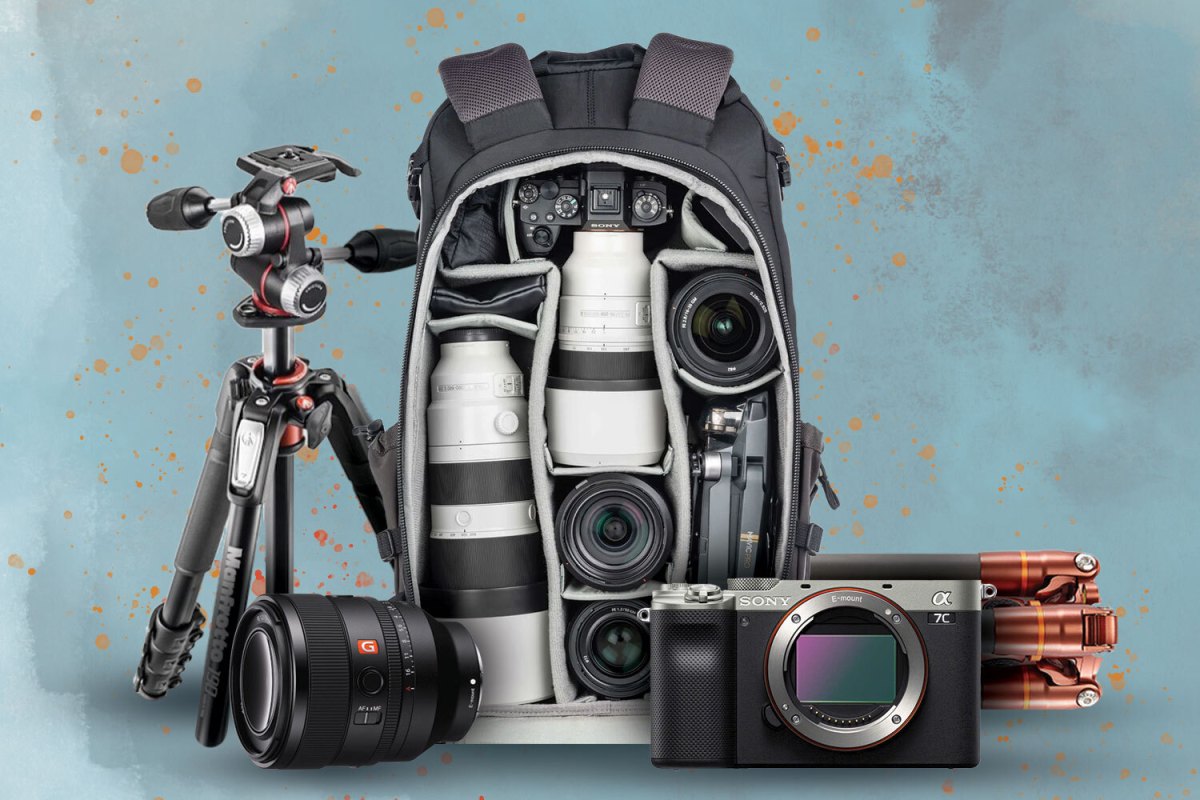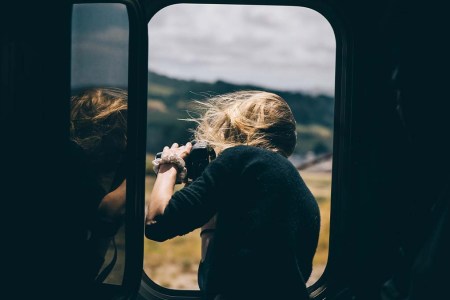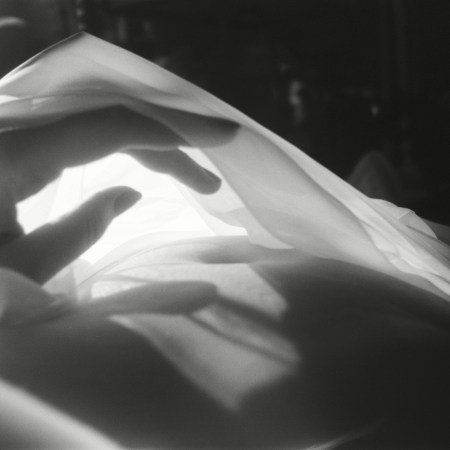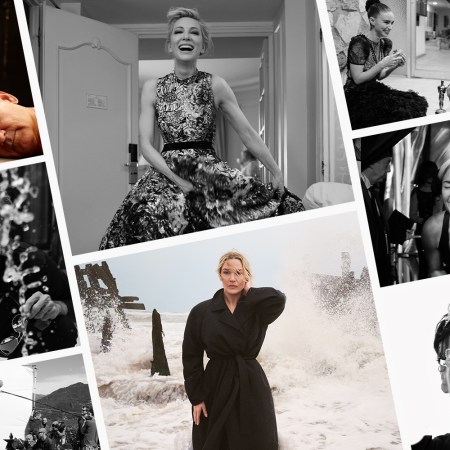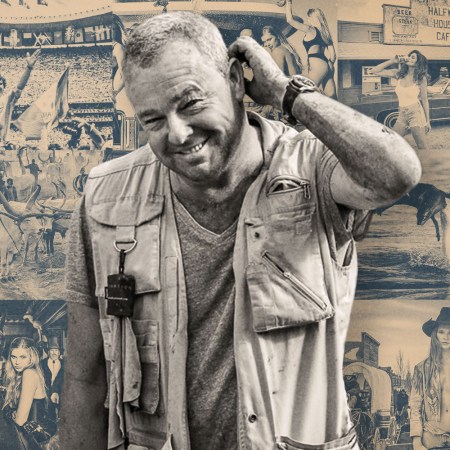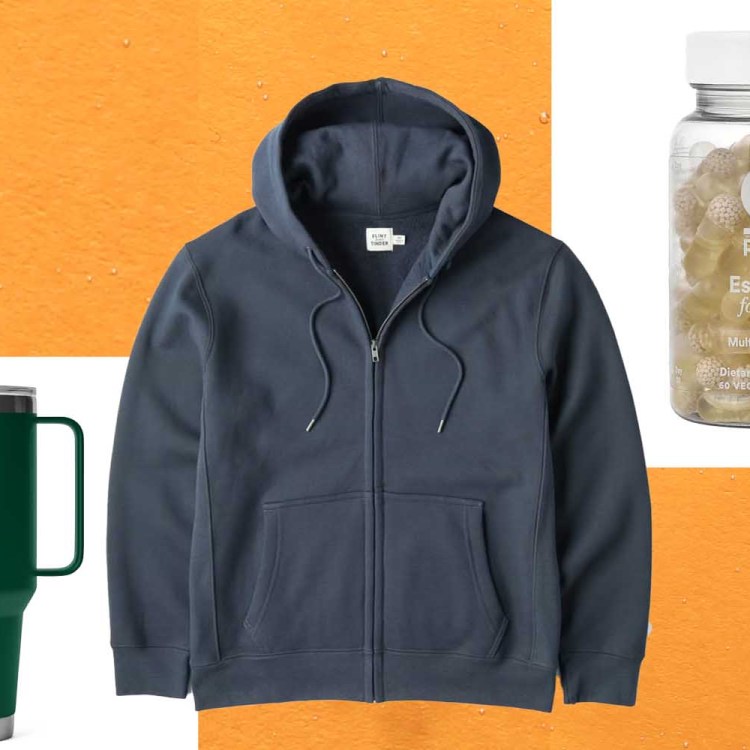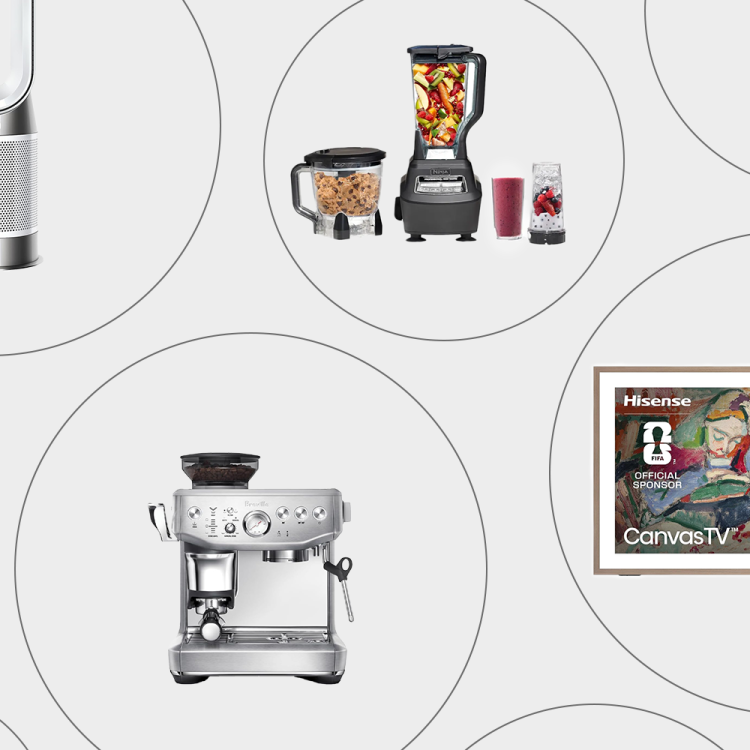Craig Hudson typically carries a few thousand dollars in gear while on assignment, from cameras to lenses to flashes to tripods, along with other assorted tech. The D.C.-based photographer — a regular contributor to The Washington Post, The New York Times, Bloomberg and Reuters — is always prepared to get the shot. Hudson’s worked professionally since 2011, following a few years behind the counter at a fantastic photo shop, so we asked him to pick out the gear every ambitious amateur needs to get started.
The Camera
“People always ask what’s better: Sony, Nikon or Canon? That’s kind of like asking what’s better: BMW or Mercedes? You’re going to like either. There’s no huge differences between each of the cameras. Most of them are going to do what you want to do.
“Sony is the number-one pick because even with their lower-level cameras, their autofocus system is absolutely fantastic. Sony was the first brand that really got on the mirrorless game. Up till the last seven, eight years or so, DSLRs were it: You look through the lens finder, and you see what the lens is looking at. With mirrorless cameras, they operate the same way except that there’s no mirror in the camera box — it’s an electronic camera instead of a mechanically-based camera. Mirrorless cameras are like your phone. And they put out software updates all the time. So your camera, even if it’s an older model of a mirrorless camera, can stay current because you can update the software. Whereas with a DSLR that’s mechanically based, what you buy is what you’re going to get.
“Fuji is the most affordable of the mirrorless brands. They make great cameras and great lenses, and they’re basically a fraction of the price. If you’re not going to go to Fuji, then I would say any of the cameras in the Sony a7 series, which is probably the best bang for your buck. You don’t even have to get the latest version. You don’t need flagship cameras if you’re just starting out — a used 7 series will be less than $1,000. And it’s a fantastic camera. It’s a great baseline to start.
“I’ve used Canons and I also use Sony, but I’m a lifelong Nikon shooter. It’s funny — I’m a Nikon shooter because when I was in high school, I was in my high school newspaper, and we had Nikon cameras, and that’s what I learned.”
The Lens
“When just starting out — especially if you really want to actually get into photography and learn composition — the best thing you could do is get a prime lens. There are two types of lenses on the market: zoom lenses and prime lenses. Zoom lenses can zoom in and out. But a prime lens is fixed, so what you see is what you get. You can ‘zoom’ in and out, you just use your feet. It teaches you to move. And by moving, it shows you how much you really change an image, even just by moving a couple of feet or getting down low or getting a little higher. Prime lenses have the ability to photograph in low light a lot better than zoom lenses, so you can easily photograph indoors or in the evening time with no flash required. And also with prime lenses you get what’s called bokeh, which just blurs out the background. It’s that really nice look everybody likes. Prime lenses are really fantastic for doing that.
“Start with a 50 millimeter. Every camera maker has one. And it’s a great beginner lens. It’s always been a standard of the camera industry, even back in the film days.”
Three Pro Photographers Share Gear Tips for Shooting on the Go
How best to capture your once-in-a-lifetime tripsThe Tripod
“With mirrorless cameras, you do not need a tripod for most things. While shooting video, you can be basically running around and get really great, stabilized video. There are certain shoots that you need a tripod — take fireworks, for example. You cannot do that without a tripod — it is impossible, you cannot do it. Anything [exposure-wise] that’s going to be longer than a second — fireworks, lightning, stars, the galaxy, light trail from cars, blue hour with cityscapes, landscapes — anything like that, you need a tripod.
“The name brand that kind of reigned supreme for a long time has been Manfrotto. They are built to last. I got mine in 2010 — it was around $350 or $400, and I’m still shooting with it. I also have a 3 Legged Thing. They make smaller tripods, so if I want something I can fit in my bag and take with me that’s really portable, I use one of my 3 Legged Thing Tripods.
“I don’t recommend going cheap if you’re going to get a tripod. There’s no point in spending $1,000 on a camera and a lens and stuff, only to put it on a $50 tripod and watching that piece of shit fall over as soon as there’s a breeze and all your gear is broken.”
The Lights
“There are different categories of this. There are speed lights, which are the flashes going off the top of the camera — you know, the person’s got to detach, maybe have a little white bowl on top of it. That’s a speed light. Speed lights are great for shooting events. If you have a transmitter, then you can take it off camera, and you can use a lot of on-location portrait lighting, whether that’s indoors, outdoors or on location. Godox is a fantastic brand.”
The Bag
“You can get a case for your camera, but I would suggest a bag. If you see something happening in front of you — especially if you’re going to do street photography — you’re going to want to get that real quick. And you want something you can also travel with if you’re going on a trip somewhere.
“Think Tank is basically a bag company created by photojournalists made specifically for photojournalists — they come in all shapes and sizes. My favorite backpack I’ve had since 2014 is the Think Tank Shapeshifter. I love that backpack because it does not look like a camera bag. It looks like a regular backpack. More than anything, you want something that’s comfortable.”
Post-Shoot
Once you’ve actually shot your shots, Hudson recommends the most popular program for photo editing, Adobe Photoshop. If you’ve taken a large number of photographs, he likes Photo Mechanic for sorting. He recommends PetaPixel for tutorials on everything — editing, software, portraiture, photojournalism and more.
For more photo tips and tricks from Hudson, visit craighudsonphotoblog.wordpress.com.
This article was featured in the InsideHook DC newsletter. Sign up now for more from the Beltway.
